When people think of demolition, they often picture wrecking balls, heavy machinery, and debris being hauled away to the landfill. But modern deconstruction is far more thoughtful and sustainable than that. Instead of tearing everything down and throwing it out, today’s professionals are focused on salvaging, recycling, and reusing as much material as possible.
One of the most valuable resources on any job site is metal. From steel beams and copper wiring to aluminum frames and iron fixtures, metal is everywhere—and it’s worth far more than most people realize. For companies offering deconstruction services in Regina, repurposing metal has become a key part of sustainable construction practices, helping reduce waste, save money, and protect the environment.
WHY REPURPOSING METAL MATTERS
Metal is one of the most recyclable materials on the planet. It can be melted down and reused repeatedly without losing its strength or quality. That makes it incredibly valuable in an industry where materials are constantly being consumed.
Recycling metal from deconstruction sites helps reduce the need for mining new raw materials, which cuts down on environmental damage and energy use. It also keeps tons of waste out of landfills. For every ton of recycled steel, for example, you save thousands of pounds of iron ore and hundreds of pounds of coal.
For deconstruction services in Regina, repurposing metal is about more than just recycling—it’s about contributing to a circular economy where materials are reused instead of wasted.
DIFFERENCE BETWEEN DEMOLITION AND DECONSTRUCTION
Before getting into the process of metal repurposing, it’s important to understand what makes deconstruction different from traditional demolition. Demolition typically focuses on tearing structures down as quickly as possible, which often leads to mixed waste that’s difficult to recycle.
Deconstruction, on the other hand, is a more deliberate and careful process. Instead of destroying everything at once, materials are taken apart in stages so that items like metal, wood, concrete, and glass can be separated for reuse. It’s slower, but it’s smarter and more sustainable.
This approach allows teams to identify and preserve valuable materials, especially metals that can be resold, repurposed, or used in new construction projects.
COMMON TYPES OF METAL FOUND ON A DECONSTRUCTION SITE
Metal can be found in almost every part of a building. Some of the most common metals salvaged include:
- Steel: Found in beams, columns, and structural frameworks. It’s strong, versatile, and easy to recycle.
- Copper: Commonly used in electrical wiring and plumbing. Copper has a high resale value and is one of the most sought-after metals for recycling.
- Aluminum: Found in window frames, doors, and siding. Lightweight and corrosion-resistant, aluminum is ideal for repurposing.
- Iron: Often used in pipes, railings, and fixtures. It can be melted down and reshaped for countless new applications.
- Brass and Bronze: Used in decorative elements and plumbing fittings. These metals are durable and valuable for recycling or repurposing.
By sorting and salvaging these materials properly, companies can significantly reduce waste and boost project efficiency.
HOW METAL IS REPURPOSED AFTER DECONSTRUCTION
Once metal is collected from a deconstruction site, it goes through several steps before it’s ready for reuse.
First, the metals are separated by type. Steel, copper, and aluminum each require different handling and recycling methods. Sorting ensures that the materials maintain their quality and value.
Next, any contaminants—like paint, insulation, or concrete—are removed. Clean metal is far easier to recycle and repurpose. After cleaning, the metal is either sent to recycling facilities to be melted down or stored for reuse in future construction projects.
In many cases, salvaged metal doesn’t even need to be melted. Structural steel beams, metal railings, and decorative pieces can often be reused as-is, either in new builds or creative architectural projects.
BENEFITS OF REPURPOSING METAL
Repurposing metal offers a wide range of benefits, not just for the environment but for contractors, developers, and the community as a whole.
- Environmental Impact: Recycling metal dramatically reduces the carbon footprint of a project. It requires far less energy to repurpose metal than to produce it from raw materials.
- Cost Savings: Reusing existing metal can lower material costs for new construction projects. Selling salvaged metal can also offset part of a project’s expenses.
- Reduced Waste: Every ton of metal repurposed is a ton that doesn’t end up in a landfill. That helps cities like Regina move toward greener, more sustainable development.
- Creative Reuse: Many salvaged metal pieces find new life in creative ways—like architectural features, sculptures, or urban design projects.
For businesses providing deconstruction services in Regina, these benefits not only make sense economically but also align with modern sustainability goals.
CHALLENGES OF METAL REPURPOSING
While repurposing metal has huge advantages, it also comes with a few challenges. Sorting and cleaning metals take time and require careful planning. Not all metal can be reused immediately—some may be damaged or too corroded to salvage effectively.
Additionally, some older buildings contain hazardous materials, such as lead paint or asbestos, which must be handled safely before any salvaging can occur. This means skilled professionals and specialized equipment are essential for the process.
Despite these challenges, the long-term benefits far outweigh the effort. With the right training and equipment, deconstruction teams can safely and efficiently recover high-value metals from almost any structure.
THE ROLE OF DECONSTRUCTION SERVICES IN RECYCLING EFFORTS
Deconstruction contractors play a vital role in ensuring that reusable materials are handled properly. They don’t just demolish structures—they plan each project strategically to maximize material recovery.
Teams that provide deconstruction services in Regina are helping shape a more sustainable future by making recycling and repurposing a standard part of every project. Their work supports both environmental goals and community growth by keeping valuable resources in circulation.
By focusing on careful dismantling rather than destruction, these professionals are proving that sustainability and efficiency can go hand in hand.
FINAL THOUGHTS
Repurposing metal from a deconstruction site is about more than recycling—it’s about responsibility. It’s a smarter, cleaner, and more resourceful way to handle construction waste while giving materials a second life.
As cities like Regina continue to grow, sustainable construction practices will only become more important. Companies offering deconstruction services in Regina are leading that charge, showing that with a little extra care and planning, even the toughest teardown can have a positive impact.
Metal is one of the most valuable materials we have, and when handled correctly, it can keep serving communities for generations. The future of construction isn’t about wasting what we build—it’s about reusing, repurposing, and rebuilding smarter every time.

